Downhill mountain biking in Crested Butte, Colorado has cemented itself as a top destination for both novice and experienced riders, offering a thrilling and diverse array of trails, events, and experiences. Steeped in a rich history, the sport has exploded in popularity, transforming Crested Butte into a mountain biking mecca that attracts riders from all corners of the globe. This comprehensive guide is tailored to enthusiasts and hobbyists eager to develop their skills and knowledge in the exhilarating world of Crested Butte downhill mountain biking.
History of Crested Butte Mountain Biking
Crested Butte’s Rich History in Downhill Mountain Biking
Crested Butte, a picturesque mountain town in Colorado, has a rich history in the world of downhill mountain biking. Although the origins of mountain biking can be traced back to the 1970s in Marin County, California, Crested Butte quickly earned its reputation as a mecca for the sport due to its extensive and challenging trail systems.
Crested Butte’s Pioneers in Mountain Biking
A group of locals, including Don Cook and Steve “Dirt” Elkins, began organizing informal races and exploring the vast and rugged terrain on their modified cruiser bicycles. These early pioneers of the sport in Crested Butte helped to establish the town’s status as a destination for mountain biking enthusiasts.
Crested Butte’s First Organized Mountain Bike Race
The first organized mountain bike race, known as the Pearl Pass Tour, was held in 1981. This event involved a grueling 40-mile ride from Crested Butte to Aspen, crossing over the daunting 12,705 feet Pearl Pass. The popularity of the race led to the establishment of the annual Fat Tire Bike Week in 1981, which is now the longest-running mountain bike festival in the United States.
Crested Butte’s Continued Development as a Premier Mountain Biking Destination
In the following years, Crested Butte continued to develop as a premier mountain biking destination, with the opening of the famed 401 Trail and the popular Monarch Crest Trail. These trails not only offered a thrilling ride for downhill enthusiasts, but also showcased the area’s breathtaking beauty and diverse flora and fauna.
Crested Butte’s Role in the Progression of Mountain Bike Technology
Given the town’s passion for the sport, it was no surprise that Crested Butte also played a key role in the progression of mountain bike technology. In the early days, riders customized their cruiser bikes to better handle the rocky terrain, sparking a wave of innovation that led to the creation of modern mountain bikes. Crested Butte has been home to a number of influential bike designers and builders, such as John Parker, the founder of Yeti Cycles.
Crested Butte Today
Today, Crested Butte is internationally recognized as a must-visit destination for downhill mountain biking enthusiasts and hobbyists. With over 750 miles of singletrack trails, from high alpine passes to flowy, forested descents, the area offers riders of all skill levels an unforgettable experience. Each summer, Crested Butte hosts numerous biking events, such as the Outerbike festival and the Big Mountain Enduro, drawing in riders from around the globe. This rich history and continued dedication to the sport cements Crested Butte’s status as a vital epicenter in the world of downhill mountain biking.
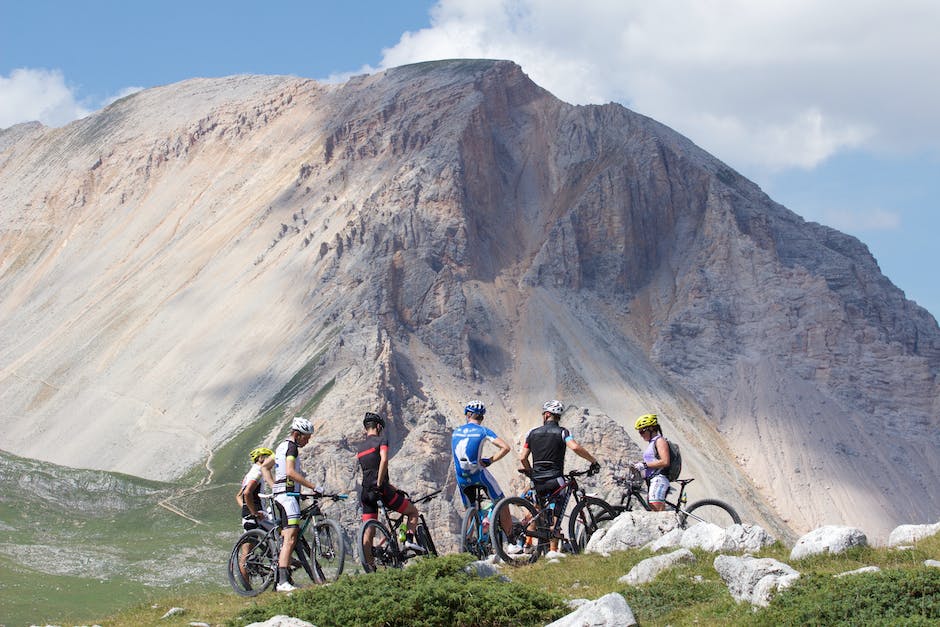
Trail Types and Locations
Exploring Crested Butte Mountain Biking Trails
In order to become skilled in Crested Butte downhill mountain biking, riders can take advantage of a multitude of trail options catering to various skill levels. As enthusiasts and hobbyists, this renowned destination provides a fantastic opportunity to learn and grow, while experiencing thrilling downhill mountain biking adventures.
The Snodgrass Trail
Particularly suited for beginners, the Snodgrass Trail with a relatively gentle terrain and an elevation gain of around 900 feet, provides a perfect introduction to downhill mountain biking in Crested Butte. The trail is approximately 4 miles long and meanders through beautiful aspen groves and wildflower-strewn meadows, offering breathtaking views of the valley. There are a few moderately technical sections, which provide a great opportunity for novice bikers to hone their skills.
The Lupine Trail
For intermediate riders seeking more challenging descents, the Lupine Trail is an excellent option. Boasting a mix of flowy singletrack and technical sections, the trail showcases the stunning beauty of the mountain biking scene in Crested Butte. The Lupine Trail is approximately 5.5 miles long, with 1,100 feet of total elevation gain. Riders will enjoy fast and flowing descents interspersed with small rock gardens, tight switchbacks, and scenic vistas of the Slate River Valley.
The 401 Trail
Advanced riders looking for exhilarating downhill challenges should pencil in a ride on the famous 401 Trail, arguably the crown jewel of Crested Butte’s mountain biking scene. This intermediate-to-advanced trail is approximately 8.5 miles long and features a breathtaking alpine landscape. Expect a mix of adrenaline-pumping descents, steep climbs, and tight switchbacks as you navigate through lush wildflower meadows and traverse open ridgelines. With an elevation gain of around 2,000 feet, the 401 Trail is guaranteed to push your limits and reward you with an unforgettable mountain biking experience.
The Doctor Park Trail
Another trail well-suited for expert riders is the Doctor Park Trail, a classic Crested Butte downhill ride that will challenge even the most seasoned mountain bikers. This technical trail begins with a steady climb through a dense pine forest before transitioning into a fast and furious descent, complete with rock gardens, rooty sections, and high-speed corners guaranteed to test your abilities. Stretching approximately 8 miles in length and featuring about 1,500 feet of elevation gain. Doctor Park showcases the diversity of Crested Butte’s mountain biking terrain.
Discovering Hidden Gem Trails
Crested Butte offers numerous hidden gem trails for enthusiastic mountain bikers on the lookout for thrilling and less-crowded paths. Both seasoned bikers and adventurous beginners can revel in the beautiful scenery of the Meander trail as they descend through aspen groves and rolling hills. For those seeking steep and technical rides, the Dyke Trail poses an exciting challenge with its rocky terrains. By utilizing detailed maps and descriptions of these and other trail options, you can plan a phenomenal Crested Butte mountain biking experience tailored to your skill level and preferences.

Equipment and Gear
Selecting the Right Bike
Choose a suitable bike for downhill mountain biking in Crested Butte to ensure optimal safety and performance. For novice riders, a full suspension mountain bike with a minimum travel of 150mm is recommended, providing the necessary stability and shock absorption for the rugged Crested Butte terrain. Advanced riders can benefit from a downhill-specific mountain bike, which boasts more suspension travel and is designed to handle the extreme terrains and speeds typically encountered on the area’s downhill trails. Local bike shops can offer guidance and suggestions based on a rider’s capability and preferences, ensuring an enjoyable downhill mountain biking experience at Crested Butte.
Safety gear is another essential component of downhill mountain biking in Crested Butte. A full-face helmet is a must for all riders, as it provides better protection from the inevitable falls and impacts that can occur on the mountain’s challenging trails. Additionally, riders should invest in a good pair of goggles that provide both eye protection and clear vision, as well as gloves for grip and comfort. For those looking to invest in body armor, consider getting knee and elbow pads, and for more advanced riders or those looking for additional protection, a spine protector or chest protector can be useful.Choosing the right attire for mountain biking in Crested Butte is also important for optimal performance and comfort. Look for moisture-wicking fabrics that will keep riders dry and comfortable during long days on the mountain. Breathable and lightweight options are essential, as riders will be exerting a lot of energy and generating heat while navigating the downhill trails. Mountain bikers should also invest in durable, padded shorts that provide protection and support during long descents, as well as sturdy, grippy shoes that can handle the rigors of the sport.To ensure a successful downhill mountain biking experience in Crested Butte, riders should also be equipped with a quality hydration pack and snacks for on-the-go fuel. A hydration pack allows for hands-free access to water or sports drinks, which is essential for preventing dehydration and maintaining energy levels during intense rides. High-energy snacks such as energy bars, trail mix, or even a simple PB&J sandwich are perfect for stashing in a backpack or pocket to keep riders fueled throughout their adventure.
As a Crested Butte downhill mountain biking enthusiast, it is crucial to have a basic bike maintenance and repair kit at all times. This kit should include essential tools like a multi-tool with various wrenches and hex keys, a portable tire pump, tire levers, and a patch kit for fixing flats on the fly. Carrying a spare inner tube for faster repairs if needed is also a wise decision. Being familiar with simple bike maintenance and repair procedures can save you significant time and frustration on the mountain, allowing you to focus on the exciting descents that Crested Butte has to offer.
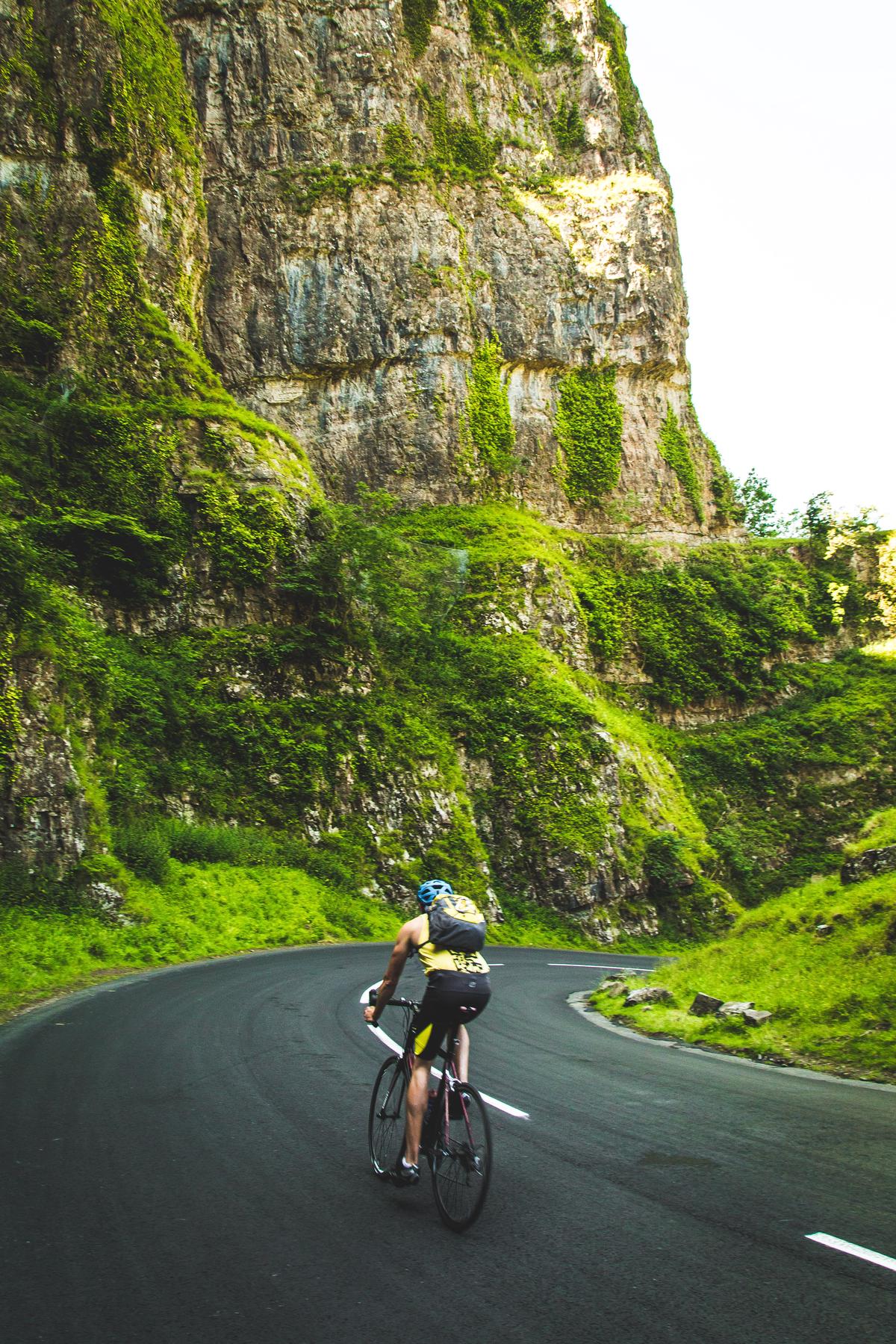
Photo by pgreen1983 on Unsplash
Techniques and Tips for Riding
When it comes to mastering downhill mountain biking in Crested Butte, proper body positioning is indispensable. By maintaining an aggressive yet relaxed stance on the bike, also known as the “attack position,” you will be able to sustain control and stability as you navigate through the challenging mountain terrain. Your knees and elbows should be slightly bent, enabling quick adjustments as you react to changes on the trail. Distributing your weight evenly between your front and rear wheels will help in maintaining grip and maneuverability. Remember to keep your heels down to put more weight on your pedals, and always look ahead to anticipate and prepare for upcoming obstacles by adjusting your body position accordingly.
Cornering is another essential skill to master when tackling Crested Butte’s downhill trails. As you approach a turn, remember to brake early and enter the corner with the right amount of speed. Shift your body weight to the outside pedal, keeping it in the 6 o’clock position, and lean your bike into the corner, not your body. Look through the turn and where you want to go, as opposed to directly at the obstacles you want to avoid. Remember to practice and find the right balance of speed, body position, and lean angle before executing the perfect corner.
Jumping is an exciting component of downhill mountain biking that offers riders a thrill and presents a chance to conquer challenging obstacles in Crested Butte. When attempting jumps, it is important to keep a relaxed and balanced body position. As you approach the lip of the jump, perform a gentle manual or ‘bunny hop’ by shifting your body weight back and then forward, allowing your bike to be lifted off the ground. Stay centered over your bike while in the air, and anticipate the landing by spotting the landing zone early. Absorb the impact of the landing with your arms and legs, maintaining a relaxed and ready stance for the next thrilling feature on the trail.
Navigating technical sections on Crested Butte’s downhill trails requires a heightened level of focus and precision. When tackling a difficult section, it is crucial to approach it at a controlled speed and maintain proper body position. Keep your eyes on the trail as you choose your line, scanning for the smoothest and most efficient path through the rocks or roots. Use your body to absorb the impacts of the terrain, while also hovering your fingers over your brake levers for quick adjustments in speed. Trust your bike’s suspension and tire grip, remembering to stay loose and fluid on the bike, which will enable you to adapt to adjustments in the trail and successfully navigate technical challenges.
Mastering the art of downhill mountain biking on Crested Butte’s trails takes practice, dedication, and an understanding of proper riding techniques. Focus on maintaining balance and control over your bike, especially during steep descents. Shift your body weight slightly back, lowering your center of gravity to allow the bike to navigate the terrain with ease. Stay relaxed, keep your eyes forward, and trust both your abilities and your bike’s performance. With consistent practice, tackling steep sections will become second nature, enhancing your overall downhill mountain biking expertise.
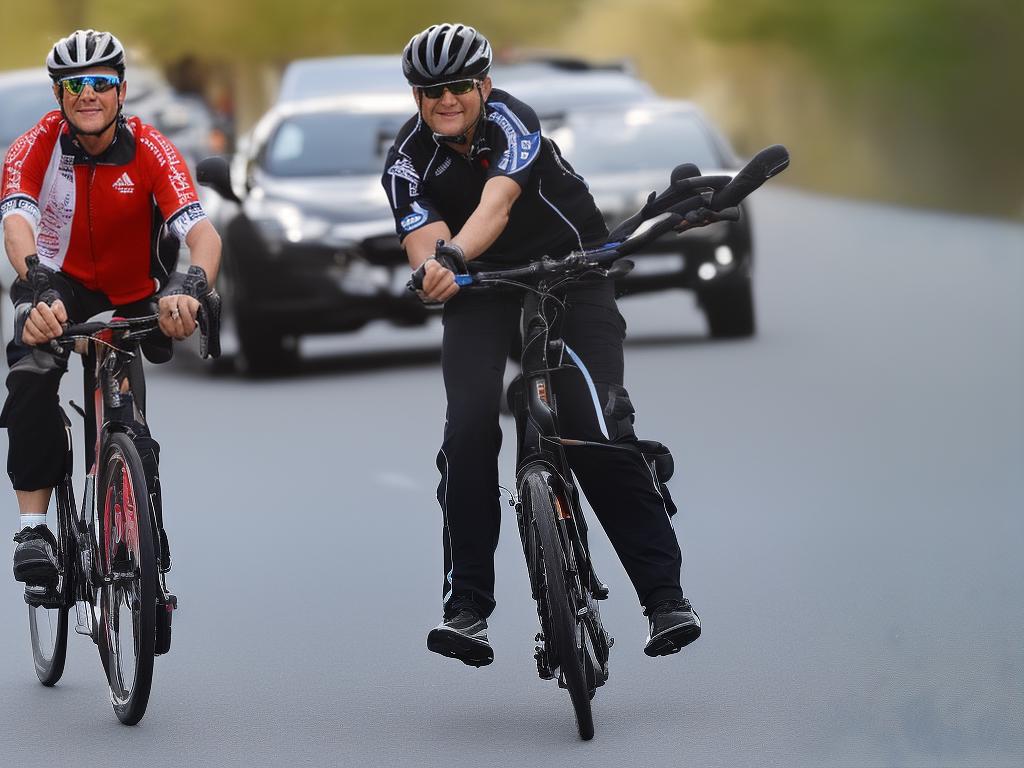
Safety and Etiquette
Safety should always be your top priority when riding the challenging trails of Crested Butte. Wearing a helmet and protective gear, such as gloves, knee pads, and elbow pads, is essential to minimize the risk of injuries. Invest in a well-maintained bike featuring reliable brakes, an appropriate suspension system, and suitable tires for the terrain. Before attempting advanced trails, familiarize yourself with your bike and master basic skills, including braking and gear shifting. By riding within your skill level, staying informed about weather conditions, and monitoring trail statuses, you’ll be better-equipped to safely conquer Crested Butte’s downhill mountain biking trails.
A vital aspect of the overall mountain biking experience in Crested Butte is adhering to proper trail etiquette. This includes yielding to other trail users and communicating your presence in a courteous and friendly manner. Generally, downhill riders should yield to uphill traffic, as climbing requires considerable effort and maintaining momentum. A straightforward rule is to remember that bikers should always give way to hikers, horses, and runners, making sure to slow down and communicate when overtaking. Adhering to proper etiquette ensures that everyone has a positive experience on the trails and can prevent any accidents.
Respecting the natural environment is an integral component of responsible mountain biking in Crested Butte. Mountain bikers should always remain on designated trails to minimize resource damage and disturbance to wildlife. When encountering obstacles like downed trees or muddy patches, riders must avoid going around them, as doing so can widen the trail, cause erosion, and harm the fragile ecosystems. Pack out all trash, and don’t disturb the flora and fauna while riding. This care for the environment guarantees that future riders will continue to appreciate the natural beauty of Crested Butte.
Another essential aspect of safety and etiquette in Crested Butte downhill mountain biking is being prepared for emergencies. Riders should carry a basic first-aid kit, repair tools, extra water, and food on longer rides. In addition, becoming familiar with the trail system, carrying a map, and sharing your travel plans with a responsible person ensures that help can reach in case of unexpected incidents quickly. Emergency preparedness enables mountain bikers to have not only an enjoyable but also a worry-free experience on the trails.
As an enthusiast or hobbyist looking to become skilled in Crested Butte downhill mountain biking, it is crucial to promote cooperation with other trail users and land managers in maintaining and improving the trail system in Crested Butte. This involves reporting any hazards, trail maintenance needs, or conflicts to local authorities, as well as participating in trail work parties to keep the trails in good condition. To further support the mountain biking community, consider volunteering for local advocacy and stewardship initiatives and stay informed about trail closures or restrictions to ensure the safety of all users and the well-being of the environment. By respecting these guidelines and practices, riders can guarantee a memorable and responsible mountain biking experience for themselves and others on Crested Butte trails.
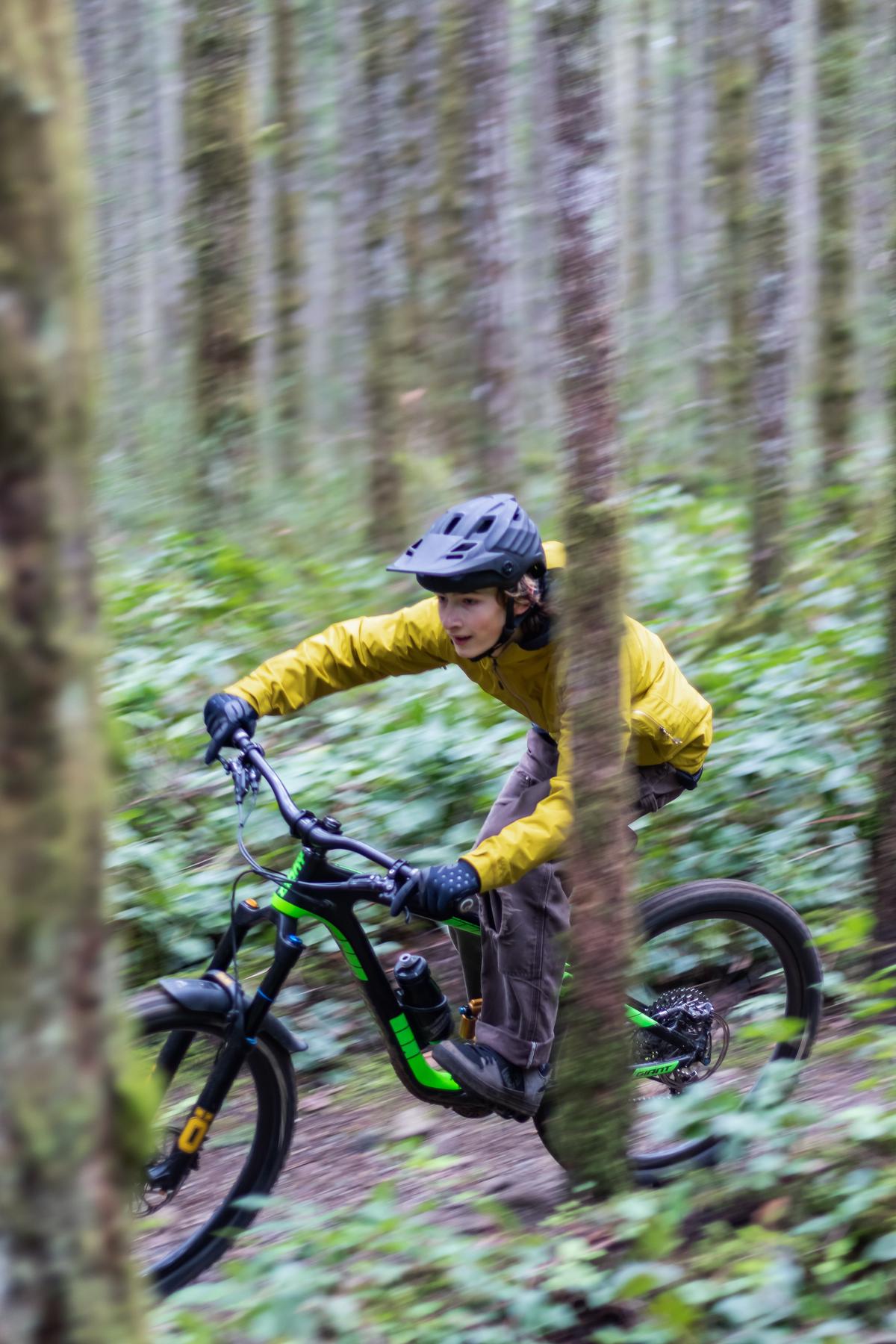
Photo by greg_rosenke on Unsplash
Local Events and Races
Developing your skills in Crested Butte downhill mountain biking would not be complete without participating in popular events, such as the annual Crested Butte Bike Week. Held every June since 1981, this week-long extravaganza is packed with downhill mountain biking activities catered to all skill levels and ages. One of the major events during this week is the Fat Tire 40, a race featuring a 40-mile long single-track course with challenging climbs and exhilarating descents. This renowned race attracts a large number of local and international mountain biking enthusiasts. To participate in this and other events held during Crested Butte Bike Week, riders can register online on the Crested Butte Mountain Biking Association website and pay the relevant registration fees.
Another major event in the Crested Butte downhill mountain biking scene is the Evolution Bike Park. This park, located at the Crested Butte Mountain Resort, offers a variety of programs and races throughout the summer season. One of the well-known races at the Evolution Bike Park is the Chainless World Championships, where participants race downhill without a chain on their bikes. This unique race, held every June, provides riders with an opportunity to test their balance and handling skills. Interested riders can register for this event at the Crested Butte Mountain Resort website.The Crested Butte Mountain Biking Association also hosts a variety of race series throughout the mountain biking season. The aptly named Race and Ride Series provides participants with the opportunity to challenge themselves in both endurance and downhill mountain biking races. These races often vary in distance and difficulty, making it an ideal event for riders of all skill levels. The Race and Ride Series typically takes place on Wednesday evenings during the summer months, with registration information available on the Crested Butte Mountain Biking Association website.In addition to the races and events hosted by various organizations, Crested Butte also boasts a strong community of downhill mountain bikers who regularly meet and organize group rides. Local bike shops, such as Big Al’s Bicycle Heaven and The Alpineer, often organize these group rides and post details about upcoming events on their websites or social media pages. Participating in these group rides is an excellent way for mountain biking enthusiasts to improve their skills, make connections with fellow riders, and gain more knowledge about Crested Butte’s extensive trail network.For those who prefer competition in a more relaxed setting, the Crested Butte Mountain Biking Association hosts the annual Poker Ride. Usually held in September, this event combines a mountain bike ride with a poker game, where participants collect playing cards at different points on the trail. At the end of the ride, riders with the best poker hands win various prizes and awards. This event is not only enjoyable but also serves as a fundraiser for the Crested Butte Mountain Biking Association’s trail projects and advocacy efforts. Registration information, ride details, and event dates can be found on the organization’s website.
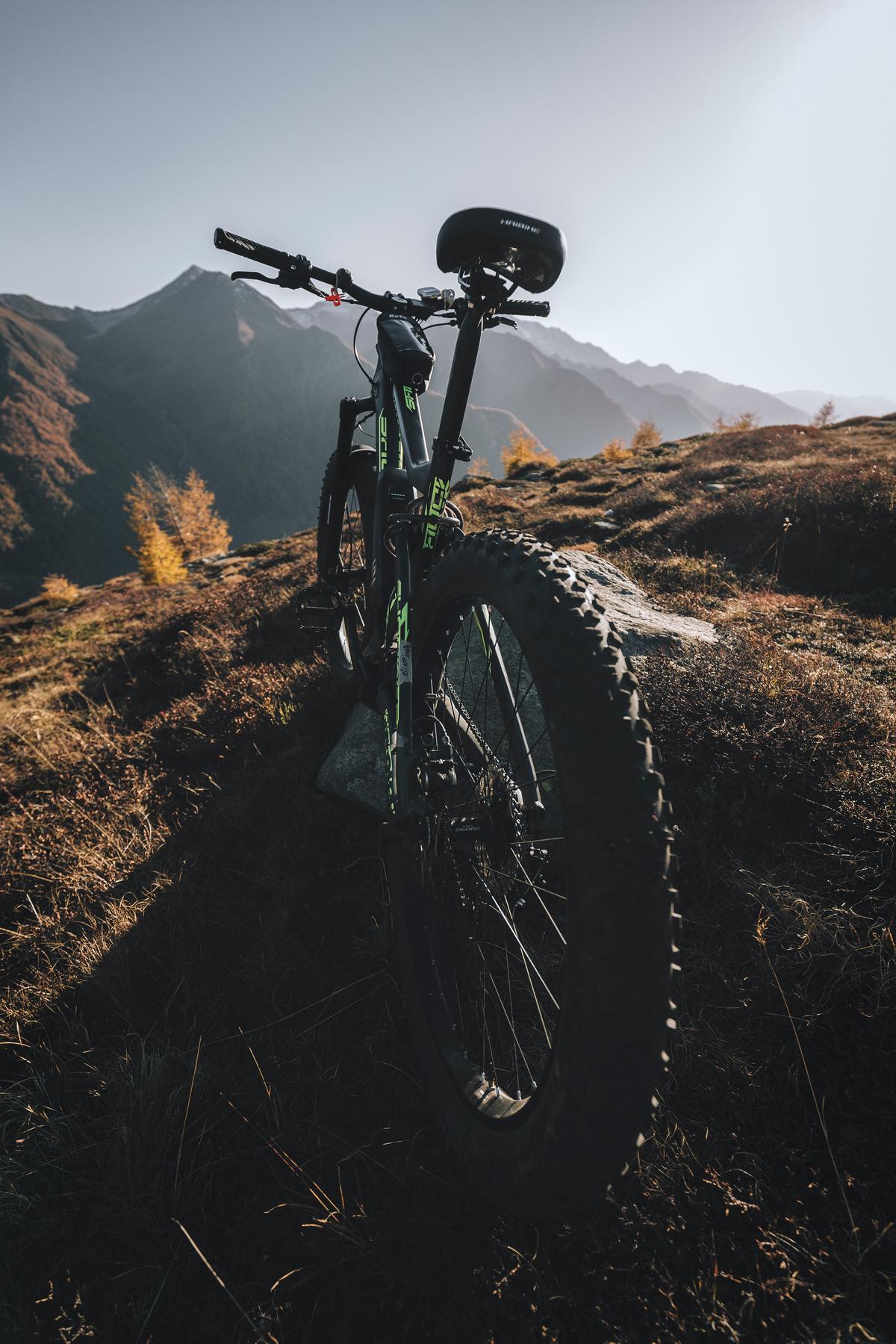
Photo by eberhardgross on Unsplash
Training and Fitness
As an enthusiast or hobbyist looking to become skilled in Crested Butte downhill mountain biking, it’s important to prepare by following a comprehensive training program tailored to your specific needs. Downhill mountain biking in Crested Butte, Colorado, is an adrenaline-pumping, physically-demanding sport that requires excellent strength, endurance, and skill. This guide will help you get started by discussing exercises, training techniques, and strategies that can help improve your performance on the trails of Crested Butte, and ultimately improve your chances of success in events like the annual Poker Ride.Strength training is crucial for downhill mountain biking, as it allows you to better control your bike, maintain proper riding posture, and prevent injuries. Start by focusing on compound exercises that target multiple muscle groups, such as squats, lunges, deadlifts, push-ups, and pull-ups. Additionally, core-strengthening exercises like planks, bicycle crunches, and Russian twists will help improve your balance and stability on the bike. It’s essential to perform these exercises with proper technique to avoid injury and maximize results. Consider working with a personal trainer or physical therapist who specializes in mountain biking to create an individualized strength-training program.Endurance training will not only help you ride longer distances but also improve your cardiovascular health and decrease muscle fatigue. High-intensity interval training (HIIT) is a popular choice for mountain bikers, as it closely mimics the fast-paced bursts of energy required for downhill riding in Crested Butte. Mix in steady-state cardio exercises such as jogging, swimming, or cycling to build a strong aerobic base. Aim for at least three cardio workouts per week with varying intensity levels to keep your body adapting and improving.Skill development is key for tackling Crested Butte’s technical downhill routes. Spend time practicing essential skills like cornering, braking, and navigating obstacles both on and off the bike. Consider taking a mountain bike skills clinic or working with a coach to hone your technique and build confidence on the trails. Additionally, simulate race conditions by riding local downhill trails at faster speeds, which will teach you to make split-second decisions and respond to unexpected situations.Pre- and post-ride stretches are crucial to minimizing injury and enhancing performance in downhill mountain biking. Dynamic stretches, such as leg swings and arm circles, should be performed before riding to increase blood flow and warm up your muscles. Static stretches, like quad and hamstring stretches, should be held for 15 to 30 seconds after each ride to improve flexibility and prevent tightness. Using a foam roller can also help alleviate muscle tension and improve recovery after intense training sessions. Remember, a well-rounded training plan, combined with proper recovery and stretching, will enable you to reach your full potential on the downhill trails of Crested Butte.
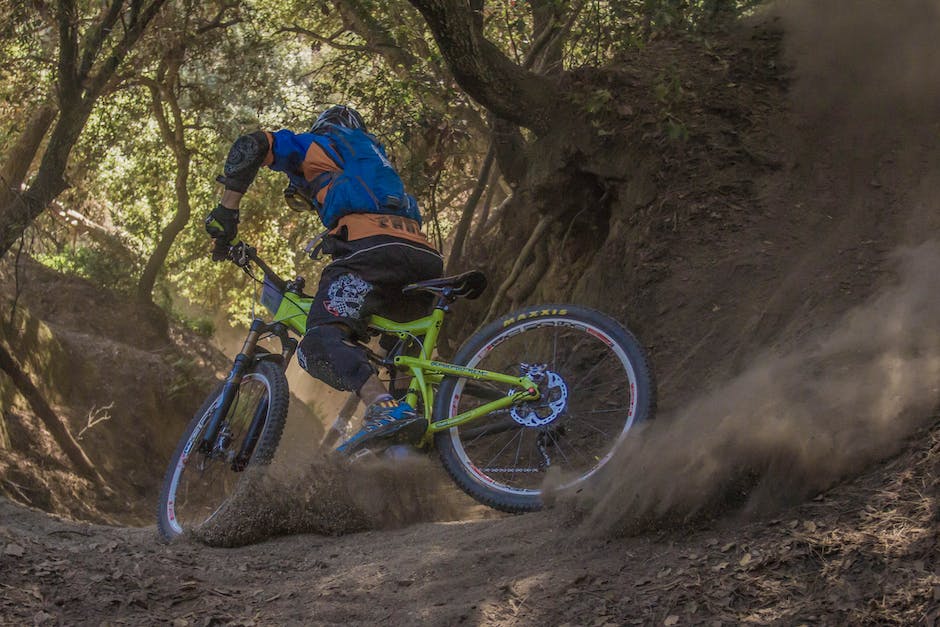
Armed with the information and inspiration provided in this guide, riders are well-prepared to embark on their Crested Butte downhill mountain biking journey, embracing the challenges and rewards that come with honing their skills in this breathtaking location. As a bastion of mountain biking culture, Crested Butte provides an unparalleled environment for enthusiasts to push their limits, learn from their experiences, and connect with a passionate community of like-minded riders. There’s no better time to hit the trails and write your own chapter in Crested Butte’s storied history.